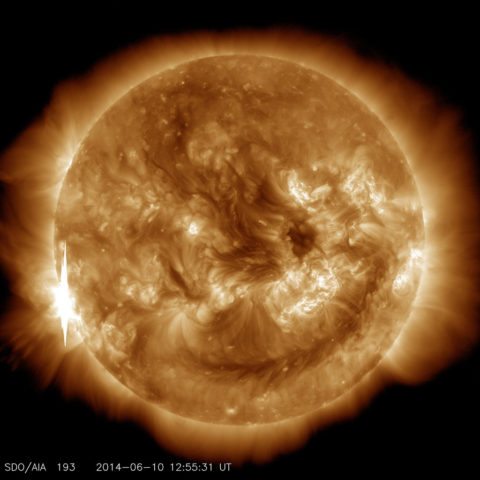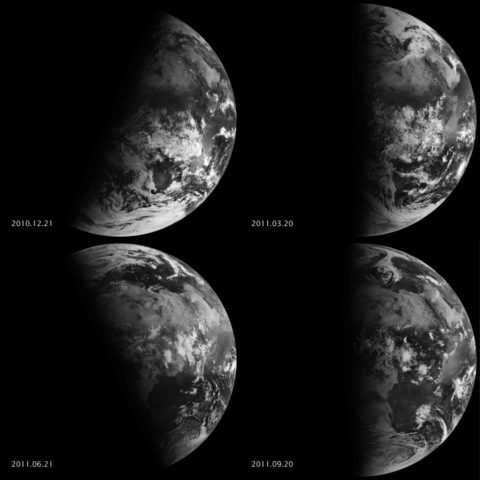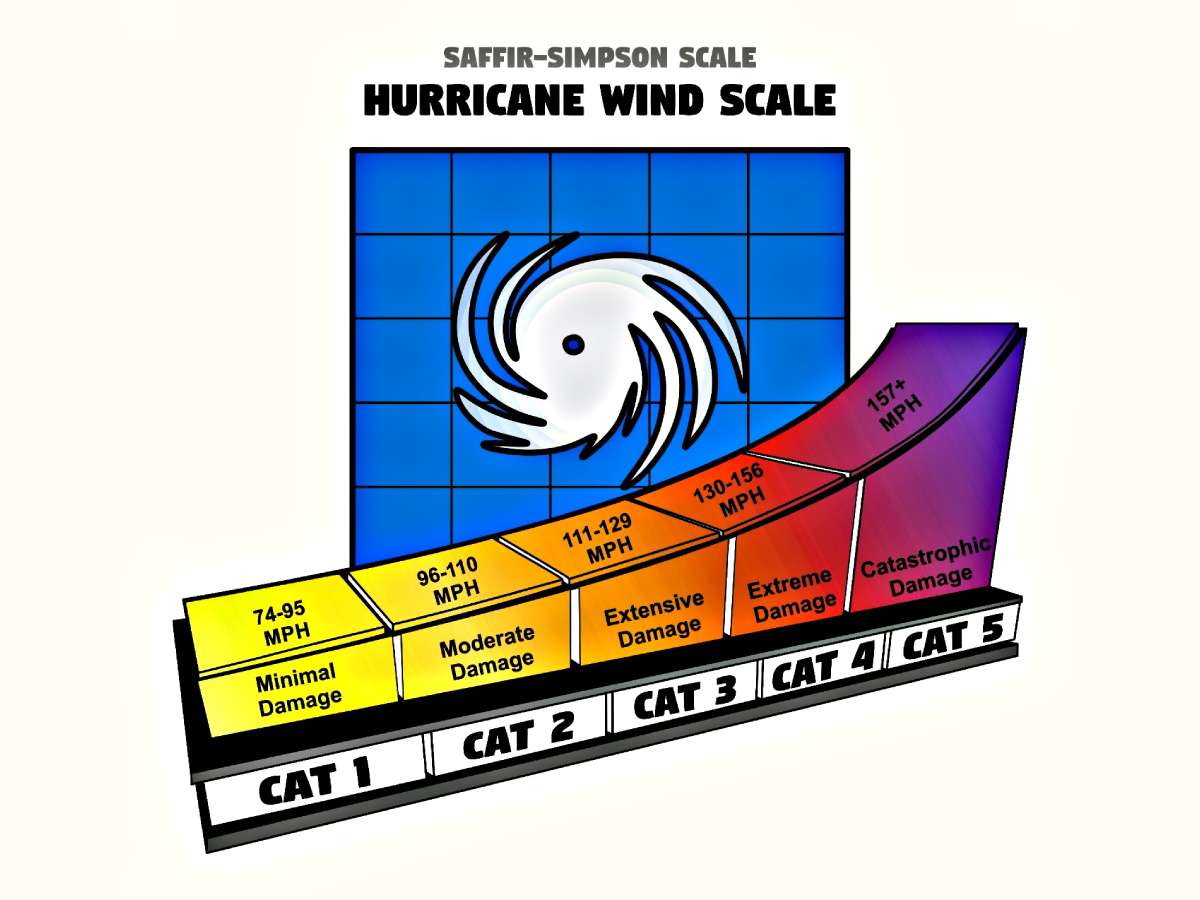I was reading the results of a recent poll that indicated a quarter of Americans think the Sun revolves around the Earth, and I was left to wonder just how many science facts people get wrong.
Granted, science is a tough subject. For the record, I’m no bona fide scientist. Rather, I’m a lifelong weather bug who loves to research and write about one of my favorite topics. And there are so many fun science facts about meteorology that I’ve learned over the years – some of which are contrary to popular belief!
So what are the weather-related science facts that most people get wrong? Here are 5 of my favorites:
#1 Lighting Really Can Strike Twice
It seems like everybody thinks lightning can’t strike the same place twice.
I have grown up in Florida (a place many will claim is the lightning capital of the United States), so I can personally tell you about the dangers of lightning. In fact, as I write this, there is local news about an apartment building in my town that burnt down after being struck by lightning. Oooof. Dangerous stuff, right?
But, does lightning really strike twice?
Why, yes. Lightning can and does strike the same place twice. In fact, it can strike the same place more than twice. As an example, New York City’s Empire State Building is struck by lightning, on average, 25 times a year. Height has something to do with that.
I guess you know where you won’t find me during a lightning storm in the Big Apple.
#2 There Really Is a 6th Human Sense
I think it’s safe to say that we were all originally taught that we humans possess 5 senses:
- Vision
- Hearing
- Taste
- Touch
- Smell
But, did you know that scientists now say we have more than 5 senses? And, it involves the weather! Yes, it’s the sense of… Thermoception.
What is that?
It’s sensing hot or cold temperatures. It is a type of vibe we get about how hot or cold it feels, and is distinct from the sense of touch. Basically, it has to do with how humans perceive temperature.
Scientists at Harvard University are still working on understanding the details of thermoception, but suffice it to say, the science behind it has to do with how temperature-related sensations from our thermoreceptors send signals to our brain.
#3 There Are Only 8 Planets
OK, if you grew up during the 1990s or before, then you – like I – learned that there were 9 planets.
You might remember this mnemonic growing up: My Very Educated Mother Just Served Us Nine Pizzas.
Of course, the first letter of each word in that phrase represented each of the 9 planets in their order from the Sun:
- Mercury
- Venus
- Earth
- Mars
- Jupiter
- Saturn
- Uranus
- Neptune
- Pluto
Well, guess what? In 2006, astronomers reclassified Pluto as a dwarf planet. Basically, it’s a planet-sized mass that’s not a planet or moon, but rather just a celestial body that’s in orbit of the Sun.
So, basically that means 2 things for us: we officially have only 8 planets in our solar system, and now we need a new learning device to remember the names of our neighbors in the solar system.
The most popular planetary mnemonic these days seems to be this one: My Very Educated Mother Just Served Us Nachos.
Mmmmm…. Any queso to go along with that?
Bonus science fact: The Moon is not made of green queso.
#4 The North Star Isn’t The Brightest In The Sky
Sailors have used it to aide in navigation for centuries, and reportedly even Santa Claus aims his sleigh toward it when heading back home from his Christmas Eve rounds.
I’m talking about the North Star – the star that many people think is the brightest in the sky.
If your guiding light is the North Star, you may be disappointed to learn it actually is not the brightest star in the sky.
That honor goes to… (drum roll, please)… the Sun!
Yes, our very own Sun, which takes center stage in our solar system, is the brightest star in the sky. So, bright, that our moms told us umpteen thousand times not to look at it when we were kids.
The sun is 93 million miles away. But by comparison, we’re a pretty short distance from the Sun. Get this — the North Star, otherwise known as Polaris, is a whopping 433.8 light years away in outer space!
#5 Earth’s Tilt Is The Reason For The Seasons
It gets hot in the summer because Earth is closer to the Sun then, right?
Um, no. Actually, it’s because summer is the time of year on our calendar that Earth’s tilting axis points one hemisphere of the planet directly toward the Sun (a.k.a. the brightest star in the sky, per the previous fact).
While orbiting the Sun, the part of Earth tilted toward the Sun will receive the most sunlight. Once the part of the Earth toward the Sun orbits away from the shining star, it will receive less direct light and, thus, summer turns into autumn, and autumn to winter.
In brief, Earth’s tilt is the principle cause of seasonal changes. Earth is tilted at 23.5 degrees away from the plane of the ecliptic.
Here’s a cool photo collage showing everything I’m talking about:
So, what does all of that mean?
While we’re basking in summertime’s hot sun (and probably swatting mosquitoes), the folks down in the southern hemisphere are chillin’ out because it’s winter down there, where that part of Earth’s surface is tilted away from the Sun.








